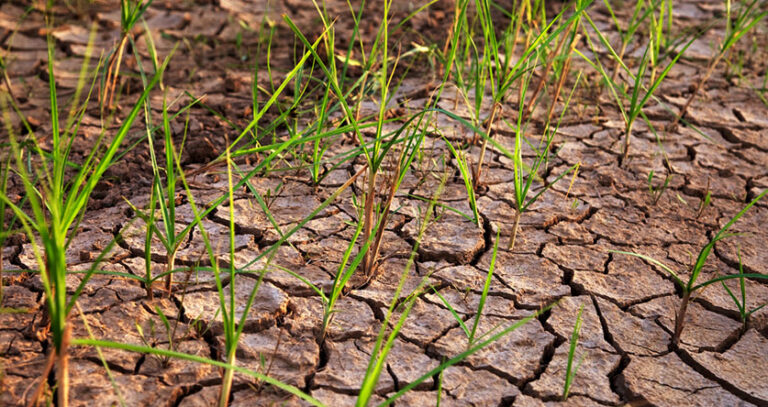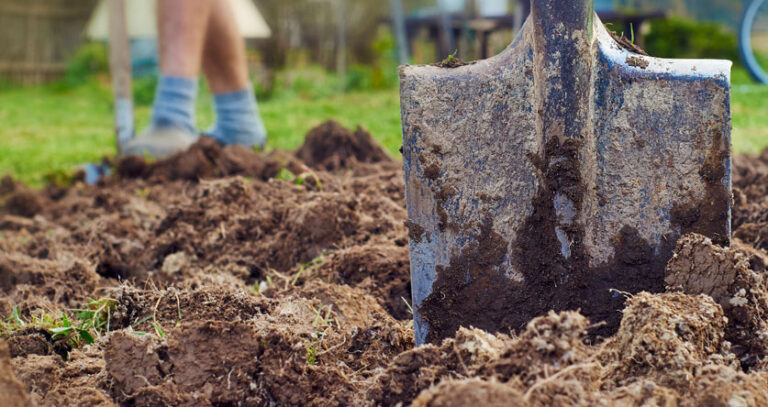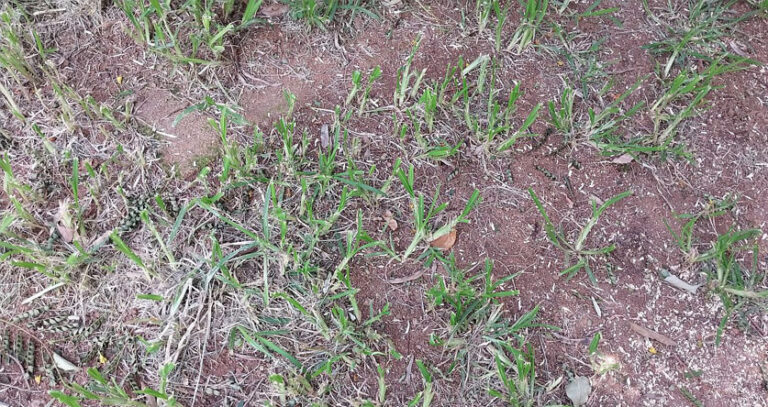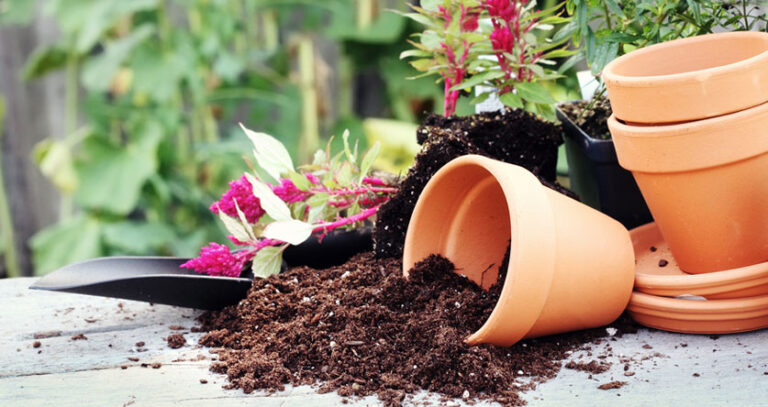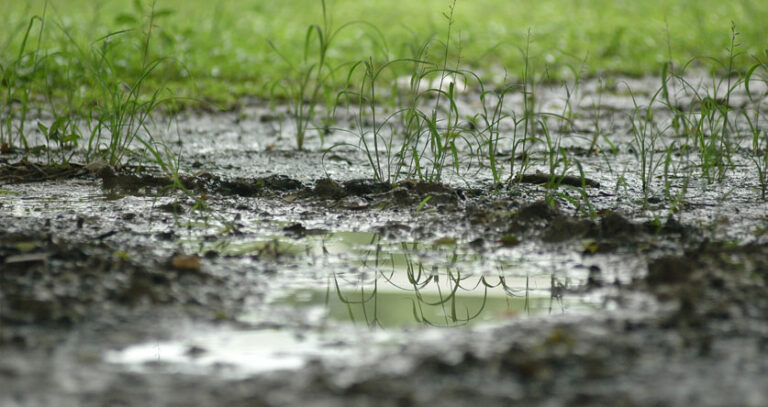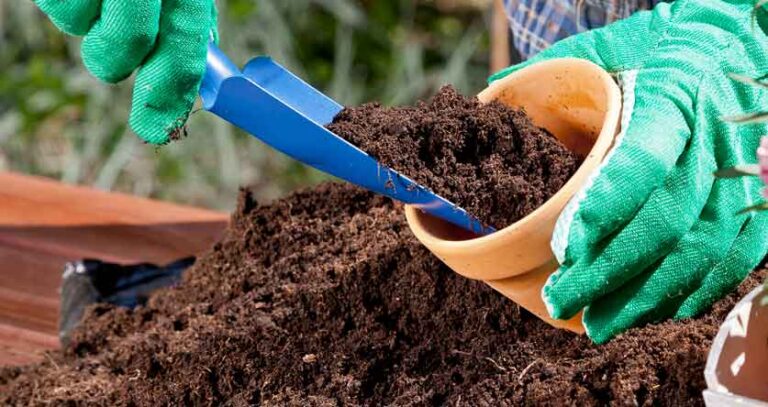Is Topsoil Good For Plants? (Clear-cut Answer!)
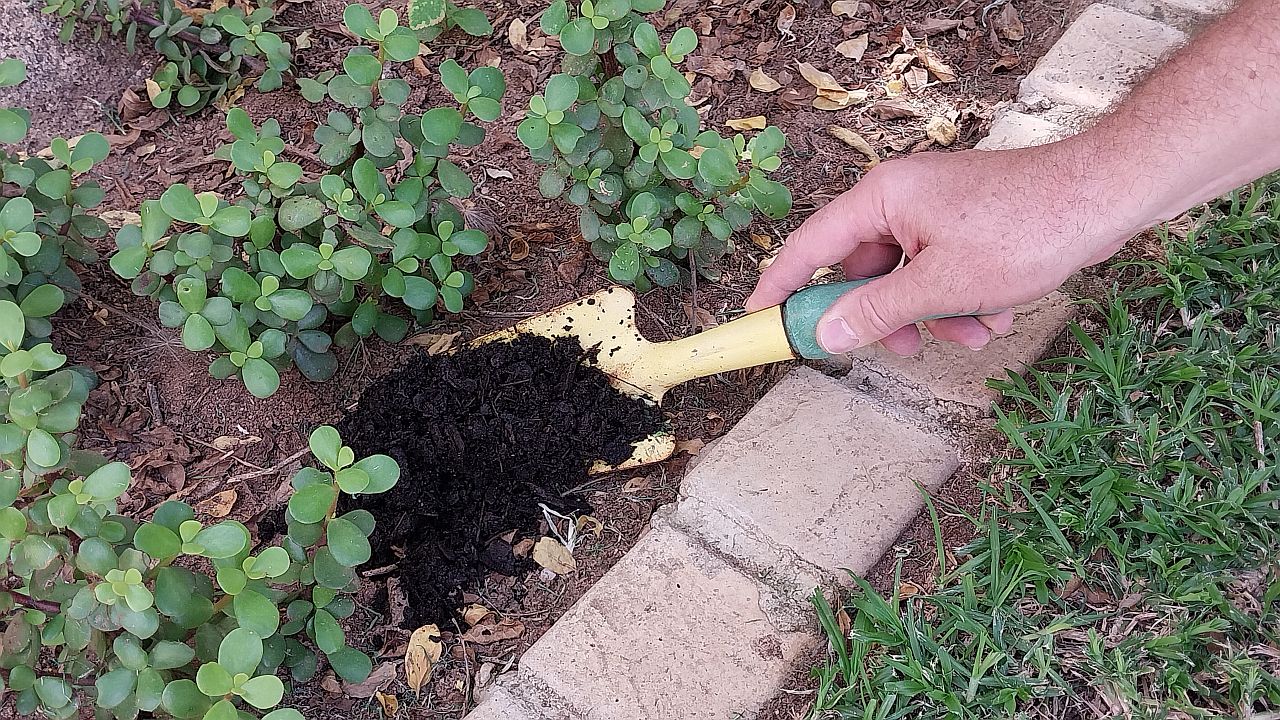
Plants live and grow in topsoil, so their health depends on this soil layer.
The problem is that not all topsoil is the same, and some types don’t give plants what they need to thrive.
No matter the condition of your topsoil, you can create a foundation for a lush garden and lawn.
In this article, I’ll explain what topsoil is, what you can do with it, and how to make yours top-notch!
Is Topsoil Any Good For Plants?
Whether topsoil is good for plants depends on what it’s made of.
Plants thrive in high-quality topsoil, but they struggle in bad topsoil.
But since you can improve even downright terrible topsoil, it’s in your hands to ensure you’re only doing your plants good!
What Is Topsoil?
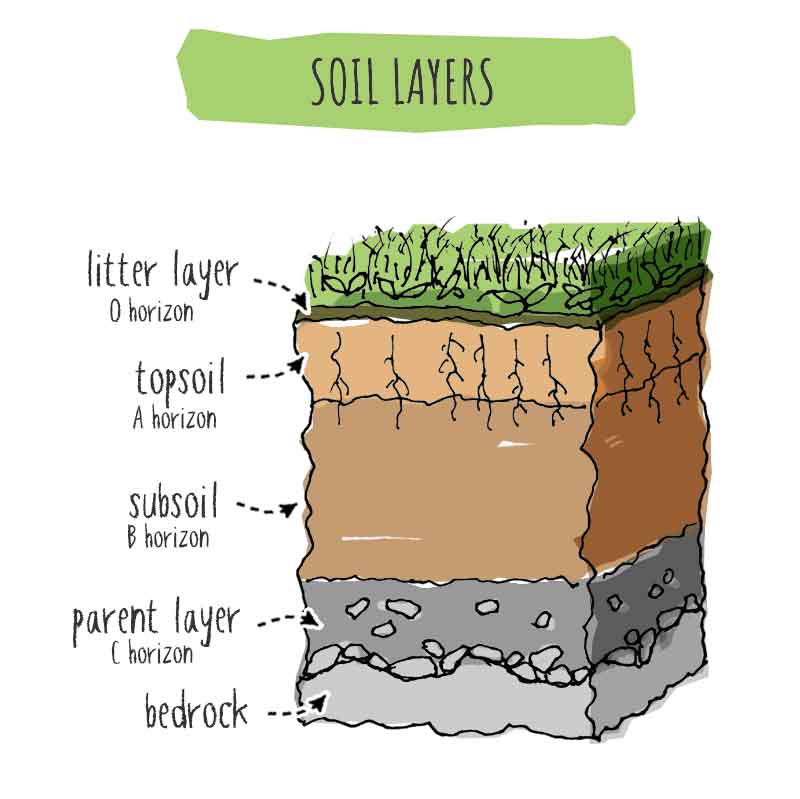
Picture the top 2 to 10 inches of soil all over your garden. That’s topsoil.
Topsoil is the first layer of soil, on top of the deeper subsoil, parent, and bedrock soil layers. Topsoil is often covered in a layer of organic matter, bacteria, fungi, and insects, called humus (also known as the litter layer).
Your topsoil differs from the topsoil in another country, region, or garden. The quality even varies from spot to spot in your garden.
You don’t only find topsoil on the ground but can also buy it at the store. However, even when you buy it, it’s challenging to know exactly what’s inside the bag, as manufacturers use different recipes (more on this later).
Why Is Topsoil Good For Plants?
High-quality topsoil with good texture and plenty of organic matter, microorganisms, and insects encourages healthy plant growth by providing the correct amount of structure, water, air, and nutrients.
The complex system of soil life present in good topsoil (worms, microbes, and fungi) is essential to healthy plants. This soil food web is how nature has grown plants forever. All the organisms and soil particles work together to help feed plants.
What Is Topsoil Used For?
Topsoil has many gardening uses – it’s the stuff plants grow in, after all!
The enriched variety (with organic matter worked in) helps grow everything from flowers to veggies.
These are the 5 most common reasons to add new topsoil to your garden:
- To fill raised beds.
- To fill up holes.
- To put back what was removed by home renovations, foot traffic, or crop growing.
- To cover very poor or rocky soil.
- To protect newly planted grass seeds.
What Is Topsoil Made Of?
To understand this, we must distinguish between naturally occurring and store-bought varieties. Here’s what’s in both:
What Is Natural Topsoil Made Of?
The topsoil you find on the ground is mainly broken-down rock. Over millions of years, water, wind, frost, collisions, burrowing animals, bacteria, growing plant roots, and other factors weathered stones and turned them into soil. And nature takes a long time to transform solid rocks into loose soil – it takes 500 years to make an inch of topsoil!
Because rocks are chock-full of minerals, topsoil is too.
Remember I said earlier that topsoil differs from place to place? This is because rock composition differs in each location. All topsoil consists of sand, clay, and silt particles but in different proportions. The ratio of these particles gives it a distinctive texture and makes it either support or stifle plant growth.
Let’s look at these textures in more detail:
- Silt is usually light-colored and fine-textured with some nutrients and decent water-holding ability.
- Clay is heavy and thick, with drainage and airflow problems.
- Sand is light in color and weight and low in nutrients. It struggles to hold on to water and is easily washed or blown away.
The best topsoil texture isn’t any of these 3; it’s loam!
Loam is a good mix of sand, clay, and silt – somewhere in the range of 7–27% clay, 28–50% silt, and less than 52% sand. Loam texture makes planting a breeze, has good airflow, and holds onto the water while letting excess moisture drain.
Plus, the ultimate topsoil has plenty of organic matter and is alive with bacteria, fungi, and insect activity.
A dark brown color is a sign that your topsoil is rich in organic matter.
What Is Store-Bought Topsoil Made Of?
If you check the shelves and online to see what’s available, you’ll find an assortment of products marketed as topsoil.
In addition to soil, ingredient lists include goodies like compost and controversial materials like peat. Some mixtures even include “continuous release plant food” (in other words, fertilizer).
I dug deeper into packaged topsoil ingredients and discovered you can get some undesirable undisclosed ingredients in your bag. The materials not advertised include roots, rocks, trash, weed seeds, and too much sand (darkened by wood ash)!
Here are 4 tips to stop you from getting a nasty surprise when you add your just-bought topsoil to your garden:
- Tip #1: Buy your product from a supplier who gives you the recipe and lets you check it out before you take it home. Make sure it has no trash, debris, or stones with a diameter bigger than 3 inches.
- Tip #2: Watch out for chemical or off smells.
- Tip #3: If you suspect the topsoil might contain herbicide residues, ask for a sample and plant various seeds to test if they grow. Bonus: This test will let you see if the only plants sprouting from the soil are weeds!
- Tip #4: Ask the supplier for the topsoil’s test data. Or you could ask for a sample and have it tested yourself. The minimum you want to know before buying the soil is its pH (it should be 5.5–7.5) and texture (ideally loam or sandy loam).
Tip: A quick way to test your product is with a pH tester kit like this one. (Amazon)
How To Use Topsoil For Plants
If you’re hoping to use topsoil to grow plants, you first need to enrich it with organic matter and living creatures.
The best way to do this is to add compost!
In one shot, this introduces organic matter, bacteria, fungi, and insects into the ground?
Work an inch or two of compost into the topsoil layer (the top 10–12 inches of soil to be safe) every fall, and your soil quality will keep getting better. I’m talking about improved water retention and drainage, more nutrients (and microorganisms to break them down into bits plants can use), and a texture that makes planting a pleasure.
FAQ
You might have questions about specific uses for topsoil. I’ve experimented with topsoil in a variety of situations and have a few dos and don’ts you should stick to:
Is Topsoil Good For Potting Plants?
This is a don’t. Topsoil isn’t a suitable medium for growing potting plants.
Topsoil functions differently in pots than it does on the ground. On the ground, it might retain enough water and drain the excess. But in a pot, the same topsoil could become compacted and waterlogged, giving plants too much water and not enough air.
Potting plants need a particular type of light and airy soil that holds onto enough water while efficiently draining anything extra.
Can You Use Topsoil For Indoor Plants?
Here’s another “don’t.” Indoor plants also need unique soil that stays aerated and retains just the right amount of water.
Something else to look for in soil for your indoor plants is sterilization. This process kills weed seeds, disease-causing organisms, and creepy crawlies – things you don’t want to share a pot with your new lily.
Is Topsoil Good For Planting Vegetables?
This one’s a do! Enriched topsoil (with a compost boost) will give veggies the structure, water, air, and nutrients they need to grow strong and healthy.
Tip: Grow different types of crops every season to help avoid depleting the soil’s nutrients. For example, you can add cover crops such as beans or peas in the winter to replenish the soil’s nitrogen levels.
Is Topsoil Better Than Garden Soil?
Let’s first make sure we’re on the same page here. I’m referring to store-bought soil and topsoil.
Which soil is better depends on what you’ll do with it.
We’ve already gone over what topsoil is. As for garden soil, you can think of it as topsoil with things mixed in to give it specific uses. So, for example, you’ll find different mixes for growing flowers, veggies, and herbs.
So, topsoil is a more affordable option for general and more extensive landscaping projects, and garden soil is your go-to for growing specific plants.
Can I Mix Topsoil With Potting Soil
There’s usually no soil in potting soil. Instead, it’s a mix of ingredients like peat moss, bark, and little white pellets of volcanic glass called perlite. These ingredients give potting soil properties that encourage good air and water flow in pots and other containers.
You can make your own simple soil-based potting soil by mixing these ingredients:
- 1 part sterilized topsoil (bake at 200°F for about 20 minutes, stirring every 5 minutes or so)
- 1 part compost (finely sieved to remove large particles)
- 1 part perlite, vermiculite, or sand
This mix won’t be as light as soilless potting soil, but it should create a comfortable home for your pot plants.
Happy days 🙂


